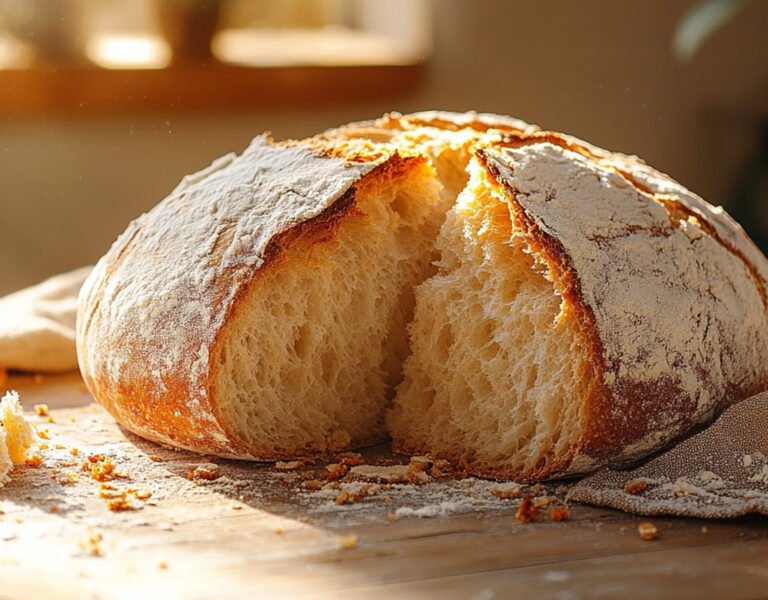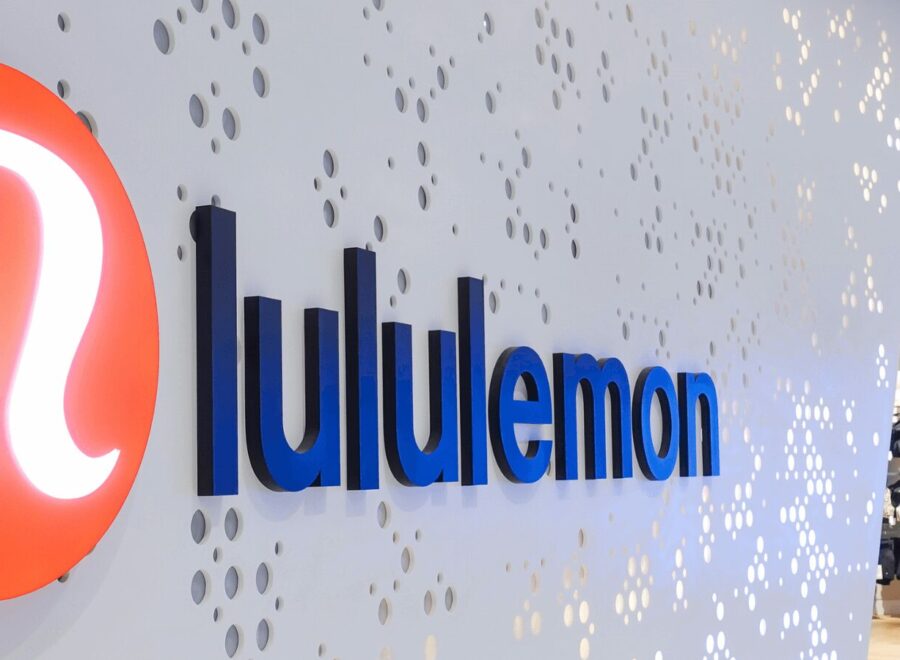Efficiency can take you far, but resilience and reinvestment will decide which leaders survive disruption.
Kraft Heinz recently announced that it would break itself in two. One company will house Heinz, the iconic condiments brand with global reach. The other will be Kraft, home to Oscar Mayer, Velveeta, and the mac-and-cheese that built a thousand college dorms.
It sounds like a savvy move. But it’s also a quiet acknowledgment that the merger didn’t live up to its promise, and that the model behind it may no longer be suitable for the world we’re living in.
The End of a Theory
The Kraft Heinz merger was the product of 3G Capital, a Brazilian private equity firm famous for its hard-core efficiency playbook. Buy sleepy brands. Slash costs. Cut marketing. Cut R&D. Cut people. Call it discipline.
3G Capital turned Zero-Based Budgeting into a corporate religion. The thinking was that if you can tighten every screw, eventually the machine runs smoother. You can then use those profits to bolt on another acquisition. After merging Kraft and Heinz, 3G Capital then tried to acquire Unilever. On the face of it, the plan seemed sound.
But here’s the thing: you can’t optimize your way into the future. Not when the world is changing around you.
3G Capital ran a harvest strategy—they just didn’t call it that. They managed Kraft Heinz like a cash crop: minimal reinvestment, maximum extraction. The goal wasn’t to feed the world. It was to feed the shareholders.
And while they were doing that, the world moved on.
Efficiency Is Not Resilience
There’s a deeper flaw in the 3G playbook—one that goes beyond strategy. It’s a misunderstanding of what it takes to survive in a volatile world. It turns out that systems that are highly efficient aren’t highly resilient.
Take the F-15 fighter jet. It’s a marvel of human engineering. It’s built for extreme performance. Nothing is wasted. Every bolt, every panel, every ounce of fuel serves a purpose. But it’s not very resilient. If the engines cut out, the plane drops from the sky.
Now think about a commercial airliner. It’s heavier. It’s slower. But it’s built for resilience. Multiple engines. Redundant systems. Fail safes stacked on fail safes. It can take damage and keep flying. It’s designed to adapt and endure.
The 3G playbook is to turn airliners into fighter jets: lean, fast, and unforgiving. But they did it at the very moment the food industry was entering a period of massive turbulence. Cultural shifts. Technological disruption. Regulatory headwinds. The only companies that thrived were the ones that could bend without breaking.
When Bologna Lost the Culture War
Over the last twenty years, American eating habits haven’t just been shifting—they’ve been transforming in small but important ways.
Health became a dominant cultural force. Walk through any grocery store aisle today, and you’ll see it in every direction: clean ingredient labels, fewer artificial additives, high-protein claims, and low-carb formulations. “Ultra-processed” isn’t just a dietary concern—it’s a consumer red flag. People want to know what they’re putting into their bodies, and they want it to feel like real food.
At the same time, the American palate got a cultural upgrade. Immigrant cuisines didn’t just influence taste—they reshaped it. Modelo Especial overtook Bud Light to become the number one beer in America. Salsa passed ketchup to be the nation’s top condiment. Sriracha made its way into mainstream grocery carts. Spices, tang, funk, heat—these became the new comfort food flavors.
Meanwhile, the places we used to eat lost their luster. Fast food became a guilty pleasure, not a family milestone. When I was young, the luckiest kids were the ones who got to have their birthday parties at McDonald’s. Today, if I held my child’s party at McDonald’s, other parents would call social services on me.
And then came Ozempic. With appetite-suppressing drugs reshaping waistlines and supermarket demand, the ground beneath traditional snack and meal categories is shifting—fast. Legacy brands built on big portions and big carbs now have to reimagine what relevance looks like in a world that simply eats less.
In that landscape, food companies have to invest in innovation. But Kraft Heinz didn’t invest. They didn’t experiment. They optimized the old playbook while American culture moved away. Now Kraft and Heinz are splitting up. That might unlock shareholder value. But let’s not pretend it’ll make anyone crave more Oscar Mayer bologna.
The Failure of Short-Term Thinking
The Kraft Heinz split isn’t just the unraveling of a merger. It’s the collapse of a worldview: the belief that short-term capital is the way to succeed in a sector that’s in flux.
For years, firms like 3G Capital believed they could engineer returns through cost discipline and operational efficiency. And for a moment, the numbers worked. Margins improved. Expenses dropped. Shareholders smiled. But the gains were always temporary. Because the foundation wasn’t built to last. It was built to extract.
What we’re seeing now is the shift in momentum to a different kind of investor. Not the quick-turn, private-equity crowd, but family-owned, generational businesses—Mars, Ferrero, Hormel—quiet giants who think in decades, not quarters. These companies don’t just buy brands; they steward them. They invest in innovation, in culture, in capability. They’re not looking to strip assets. They’re looking to grow platforms.
Just look at what happened to Kellogg. In 2023, the company split in two: WK Kellogg, focused on legacy cereals like Corn Flakes, and Kellanova, home to the faster-growing snacks portfolio, including Cheez-Its. But the story didn’t end there. Each piece, once split, became more attractive to buyers who were thinking long-term.
The Italian confectionery giant Ferrero acquired the cereal business, not because they wanted nostalgia, but because they saw an opportunity in reimagining what breakfast could be. At the same time, Mars took over Kellanova, not just to expand its portfolio, but to build a durable global presence in everyday snacking. These family-led firms weren’t hunting for short-term gains. They were laying bricks for the next generation of growth.
This shift matters. Because the people who will define the next generation of food aren’t necessarily the ones with the best profit and loss statements. They’re the ones with the patience to build, the vision to adapt, and the conviction to bet on what’s next.
The lesson? You can’t out-harvest a world in transformation. But you can outlast it—if you’re willing to invest.
Lessons for the Rest of Us
Even if you’re not in the food industry, there’s plenty to chew on here. This is a story about strategy. About leadership. About what it means to navigate uncertainty without falling back on old instincts.
The Kraft Heinz story is a reminder that leading through change is hard—and it’s even harder when the tools you’ve relied on in the past no longer apply. There’s no shame in that. Every leader is doing their best with the resources they have and the pressures they’re under. But that’s precisely why it matters to pause and ask: are we solving for today, or are we building for tomorrow?
So what do we take from all this?
Know your game. Harvest plays are valid. But they require honesty. You’re not building the future—you’re managing the decline. Don’t confuse extraction with expansion.
Follow culture, not just cost. Markets are made of people. And people change. Strategy that ignores cultural shifts isn’t strategy—it’s math homework. You need to be fluent in what’s shifting in the hearts and habits of your customers.
Invest before you’re forced to. The time to place bets is before the market punishes you for being slow. The question isn’t whether change is coming. It’s whether you’ll be ready when it does.
The World is Changing
The Kraft Heinz breakup isn’t the story of a bold strategic pivot. It’s the fallout from mistaking cost control for competitive advantage. It’s a split born not of foresight, but of failure to evolve. And in a world being reshaped by cultural shifts, technological disruption, and volatile consumer behavior, that failure has a cost.
If there’s one thing this moment demands, it’s a shift in orientation—from present-focused management to future-focused leadership. Efficiency is about maximizing what you already have. Future focus means imagining what’s coming, even if you can’t fully see it yet. It means building teams, capabilities, and cultures that are ready to meet uncertainty head-on. The companies that thrive in the next decade won’t be the ones that optimize for this quarter—they’ll be the ones that prepare for what’s next, before the data makes it obvious.
So the question for all of us isn’t whether we can run lean. It’s whether we can hold fast when the winds pick up. Because the future doesn’t reward the most efficient. It rewards the most ready. To be sure, efficiency is always a worthy goal. There’s plenty of bloat and wasted effort in large companies. But on its own, efficiency is a strategy for sunny days. Resilience is about getting ready for the storm.

 Dev Patnaik
Dev Patnaik


